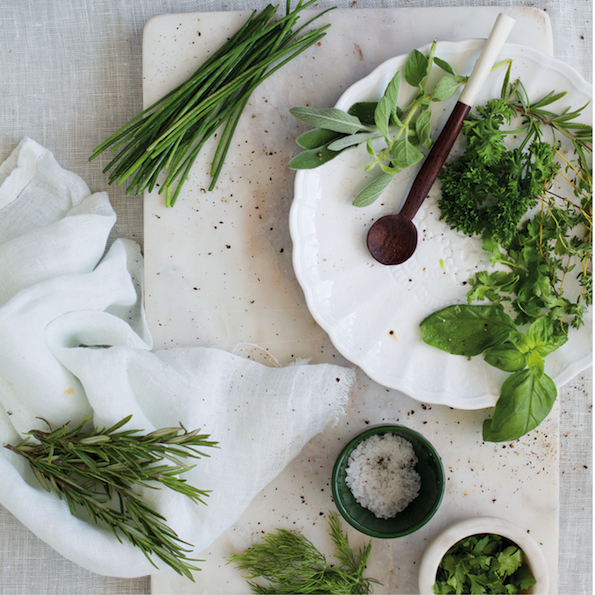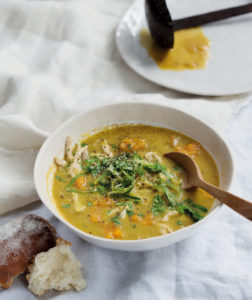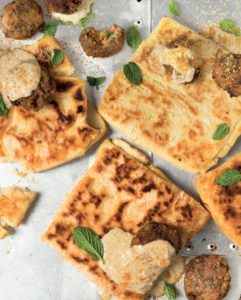Big on flavour and easy to grow at home, say ‘yes!’ to fresh herbs.
Mint
This refreshing herb thrives in summer and loves lots of water, so grow it close to a tap.
USE IN salads, cocktails and desserts
Thyme
These tiny leaves give big flavour. Strip them from the stalks by running them between your fingers.
USE IN chicken dishes, especially stuffing for roasts
Chives
A perennial (it lives for years) that repels insects, it’s handy for controlling garden pests. A mainstay
of French cooking.
USE IN fish and potato dishes
Sage
A multitalented herb with medicinal and culinary uses. Its peppery flavour is particularly popular in British cuisine.
USE IN roast chicken and pasta sauces
Origanum
Whether upright or creeping (it can make an excellent ground cover), the robust leaves impart a deep flavour to sauces. Also known as ‘oregano’.
USE IN Italian-style dishes, especially in pizza sauce
Parsley
This all-purpose herb brings freshness and vibrancy to any dish. The flat-leaf (aka Italian) variety is stronger tasting and easier to clean than the curly type.
USE IN soups, salads, sauces – and garlic butter!
Basil
Sweet basil is a bright, fresh-tasting annual at its best in spring and summer. The hardier perennial basil has smaller leaves with a woodier texture and a less pungent flavour.
USE IN tomato sauces and pesto
Coriander
Also called ‘dhania’ and ‘cilantro’, its broad leaves and soft stems are packed with flavour.
It loses pungency when cooked, so add it towards the end, or as a garnish.
USE IN curries, stir-fries and Mexican dishes
Dill
The feathery leaves lend a delicate flavour to most food, and give pickles their characteristic taste.
USE IN fish dishes and with soft cheeses
Rosemary
A tall, hardy plant that grows well all year. The leaves are full of flavour and the branches make great braai skewers.
USE IN lamb dishes and roast potatoes




